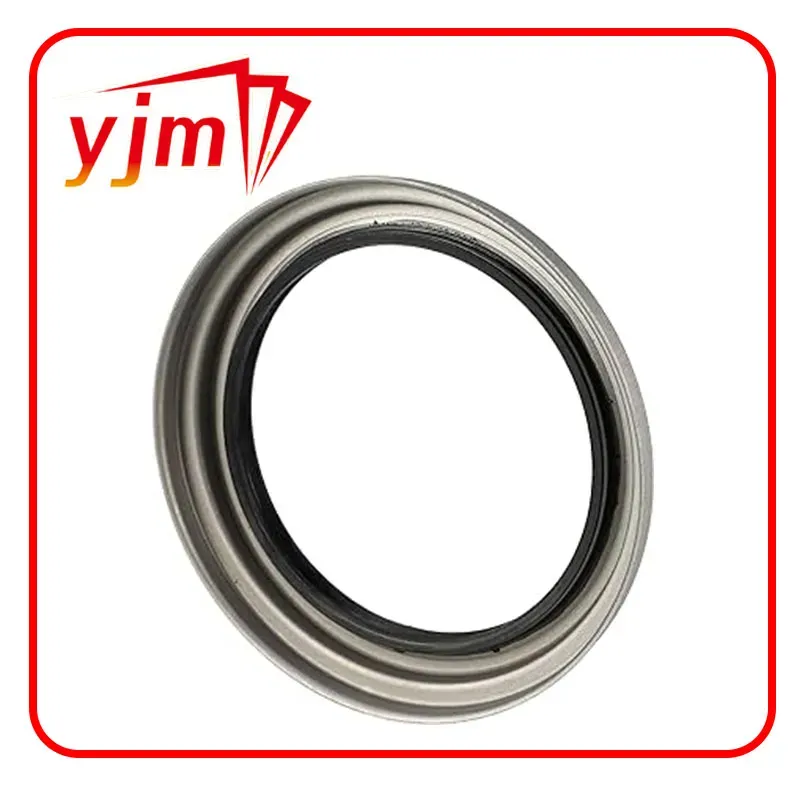Choosing the Right Seal for Your Motor Shaft to Ensure Optimal Performance and Longevity
Understanding Motor Shaft Seals Importance and Functionality
Motor shaft seals are critical components in various machinery and equipment, functioning as barriers that prevent the escape of lubricants and the entry of contaminants. These seals are especially vital in applications where motors operate under challenging conditions, such as extreme temperatures, pressures, or environments containing dust and moisture. This article delves into the importance, types, and maintenance of motor shaft seals, illustrating their role in enhancing the longevity and reliability of motor systems.
Importance of Motor Shaft Seals
Motor shaft seals serve essential purposes in the operation of electric motors, pumps, and other rotary equipment. Firstly, they prevent lubricant loss, thereby ensuring that the internal components remain adequately lubricated. This lubrication is crucial for reducing friction between moving parts, which in turn minimizes wear and tear, optimizes performance, and prolongs the life of the motor.
Secondly, motor shaft seals protect the internal mechanisms from external contaminants such as dirt, dust, and moisture. Without these seals, foreign particles could infiltrate the motor, leading to operational failure, overheating, or even catastrophic breakdowns. Therefore, the integrity of motor shaft seals is paramount for ensuring that industrial equipment operates smoothly and efficiently.
Types of Motor Shaft Seals
There are several types of motor shaft seals, each designed to meet specific operational requirements and conditions. The most common types include
1. Rubber Lip Seals These are the most widely used seals in various applications. Made from elastomeric materials, rubber lip seals create a tight seal around the shaft, preventing fluid loss and contamination. They are versatile and can handle a range of operating conditions.
motor shaft seal

2. Mechanical Seals Often used in high-pressure applications, mechanical seals consist of multiple components working together to create a seal. They are ideal for situations where high reliability is required, such as in pumps and compressors.
3. Dynamic Seals These seals are designed to accommodate movement between the shaft and the housing while maintaining a seal. They are commonly used in applications where the shaft continuously rotates or moves, providing effective sealing under dynamic conditions.
4. O-Ring Seals Simple yet effective, O-ring seals can be used in various applications where the sealing surfaces are flat or cylindrical. Their circular shape allows for even distribution of force, creating an effective barrier against leakage.
Maintenance and Replacement
To ensure the longevity and functionality of motor shaft seals, regular maintenance is necessary. Users should routinely check for signs of wear or damage, such as cracks, tears, or deformation, which can compromise the seal's effectiveness. Regular lubrication of the motor can also help in maintaining the integrity of the seal, particularly in applications where friction is a concern.
When it comes to replacement, it is essential to select the appropriate type and size of seal to match the motor's specifications. Installation should be performed carefully to avoid damaging the new seal, and it's advisable to consult manufacturer guidelines or seek professional assistance if necessary.
Conclusion
Motor shaft seals play a vital role in the operation of motors and various machinery by preventing lubricant loss and blocking contaminants. Their importance cannot be overstated, as they significantly influence the efficiency and lifespan of equipment. Understanding the different types of seals available and maintaining them properly is crucial for any industrial application or machinery. By ensuring optimal sealing conditions, businesses can enhance performance, reduce maintenance costs, and avoid unplanned downtime, ultimately leading to improved productivity and profitability.
-
Simplifying Oil Changes: A Comprehensive Guide to Oil Drain Plugs and Their Variants
News Aug.04,2025
-
Mastering Oil Drain Maintenance: Solutions for Stripped, Worn, and Upgraded Oil Plugs
News Aug.04,2025
-
Fixing Oil Pan Plug Issues: Leaks, Stripped Nuts, and the Right Replacement Solutions
News Aug.04,2025
-
Everything You Need to Know About Oil Drain Plugs: Sizes, Fixes, and Upgrades
News Aug.04,2025
-
Choosing the Right Oil Drain Plug: A Guide to Sizes, Materials, and Drain Innovations
News Aug.04,2025
-
A Complete Guide to Automotive Drain Plugs: Types, Problems, and Innovative Solutions
News Aug.04,2025
-
The Ultimate Guide to Car Repair Kits: Tools and Essentials Every Driver Should Own
News Aug.01,2025
Products categories















